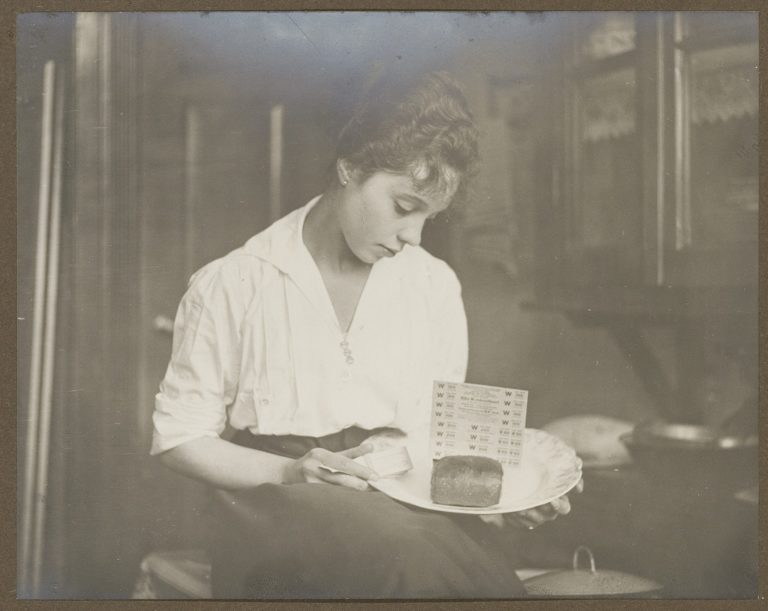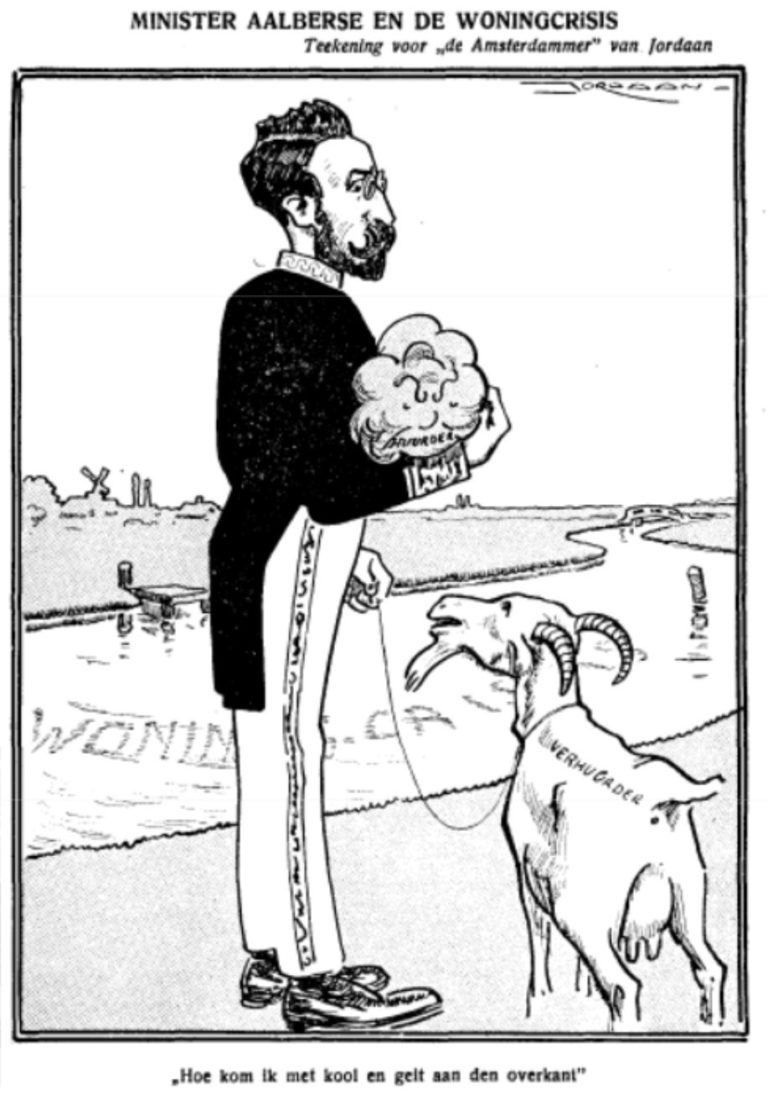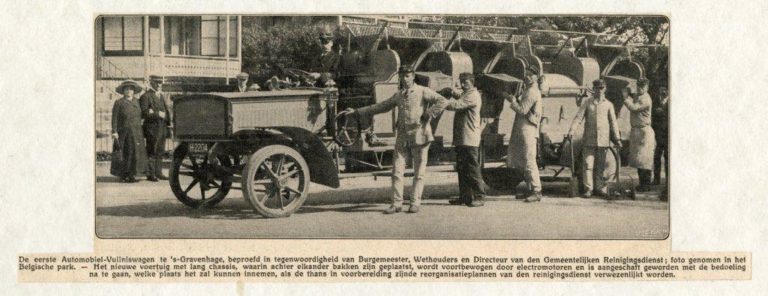Sport and elections
Like 2020, 1920 was an Olympic year. In Antwerp, the Olympic Games were held for the first time since 1912. The 1916 Games, which had been awarded to Berlin, had not been held because of the war (which we later called the First World War). This conflict also made its mark on the 1920 Games, because nations defeated in the war, such as Germany and Austria, were not allowed to participate.
1920 was also a year of US presidential elections. However, these were considerably less exciting than in 2020. The Republican Warren G. Harding won easily over the Democrat James M. Cox. However, things did go wrong three years later, because Harding died suddenly. By the way, 1920 was the first year that women in every state could vote. An amendment to the U.S. constitution had been adopted the year before that prohibited the exclusion of voters on the basis of gender.
Food distribution
During the First World War The Netherlands were a neutral country and therefore did not take part in the fighting. However, the inhabitants were affected by the food shortages that arose during this war. That is why a system of food distribution was set up: food was rationed.
This shortage did not end with the armistice on 11 November 1918, so distribution continued for a while. By 1920, the situation had reasonably recovered and everything was back on the market. However, prices were still very high.
Housing shortage
During the First World War, there was a great shortage of building materials. As a result, prices had skyrocketed and not enough houses were built. On a national level, Minister Aalberse received a lot of criticism for his (lack of) approach to this problem.
Critical notes could also be found in The Hague newspapers. A commentator in the newspaper ‘Het Vaderland’ wrote: “There is no doubt that there are building contractors who are capable of building social housing estates, but if private individuals are put to work with government money, the government should ask for solid guarantees, because a private construction company always remains a private construction company.”
The deceased in 1920
The list of ‘Deaths in 1920’ in The Hague is rather long. I will select one name: Dr. A. Kuyper. He was many things: a theologian, journalist, founder of the Free University (Vrije Universiteit Amsterdam), politician and prime minister.
Many people lined the route of his funeral procession or attended his funeral at the Oud Eik en Duinen cemetery, as can be seen in film footage made on that day.
Council decisions
The Hague City Council also had to make many decisions in 1920. Because of the poor condition of the municipal finances, the council decided to increase the telephone and slaughter rates. This was necessary in order to finance expenditure, such as the purchase of 8 new motorized trucks for garbage collection. The first of these motorized vehicles had appeared in 1912 on the streets of The Hague.
Another decision made in 1920 that is still visible in, among other things, ADO Den Haag’s shirt: the determination that the colours of the Municipality should be yellow and dark green. Before that time they were yellow and black.
Here’s another example of how things don’t always change over a century. In 1920 there was much discussion about the amount of money that the municipality should spend on culture. The city council had decided that the subsidy of the Residentie Orkest would go from Dfl. 30,000 to Dfl. 45,000. However, the Provincial Executive of Zuid-Holland overruled this decision. The overview in the newspaper of 31 December 1920 closes with “The last word in this matter has not yet been spoken”.
Do you want to know more about the history of The Hague? Let me organize a city walk or bicycle tour for you, your family, friends or colleagues.










1 thought on “What might Hagenaars have remembered about the year 1920?”
Thank you
Fascinating facts